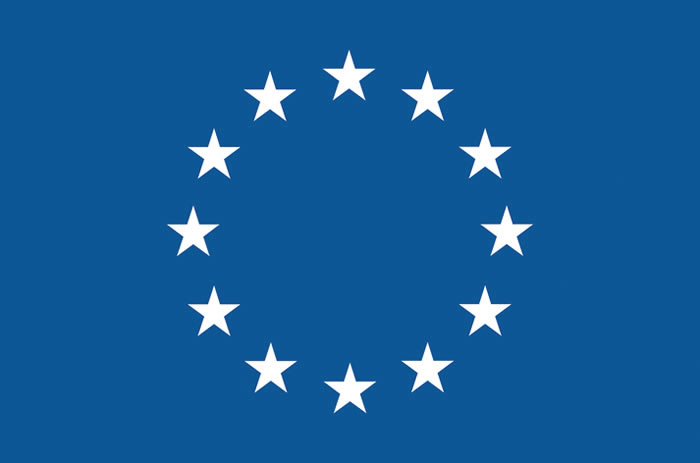Hirsch, Anna
Anna Hirsch researches primarily in the areas of antibiotics, structure-based virtual screening, energy-coupling factor transporter, multiparameter optimisation, and medicinal chemistry.
Abstract:
Discovery of antibacterial agents inhibiting the energy-coupling factor (ECF) transporters by structure-based virtual screening
Topic:
The emergence of antimicrobial resistance against important pathogens poses an ever-growing health threat. Hence, the pipeline of novel drug candidates should be filled with molecules featuring an unprecedented mode of action and a novel chemical structure. We tackle both challenges by targeting the Energy-coupling factor (ECF) transporter, an unexplored antibacterial target, mainly present in Gram-positive species. This family of transmembrane proteins is involved in the uptake of vitamins in a wide range of pathogenic bacteria (e.g., Staphylococcus aureus, Streptococcus pneumoniae, Enterococcus faecium). Because of their central role in the metabolism of bacteria and their absence in humans, ECF transporters are novel attractive antimicrobial targets. Here, we report on the structure-based virtual screening (SBVS), design, synthesis and structure–activity relationships (SARs) of the first class of selective, antibacterial agents against the energy-coupling factor (ECF) transporters. Having identified a druggable pocket in the crystal structure of the L. delbrueckii ECF transporter, which should play a key role in the unique mechanism of transport, our SBVS of the zinc library afforded a fragment-like hit with good in vitro and cell-based activity, a good in vitro ADMET profile and excellent oral bioavailability. We adopted two distinct approaches, namely the design and synthesis of several derivatives according to a classical SAR approach and the screening of a focussed library of structurally related derivatives of our hit. Having established a new cell-based uptake assay in Lactobacillus casei, we identified a low-micromolar inhibitor of the ECF transporters with a broad spectrum of activity (MIC values in the single-digit micromolar range) and a lack of resistance development.
Back to speaker overview Back to Oral- and Flash presentations overview





